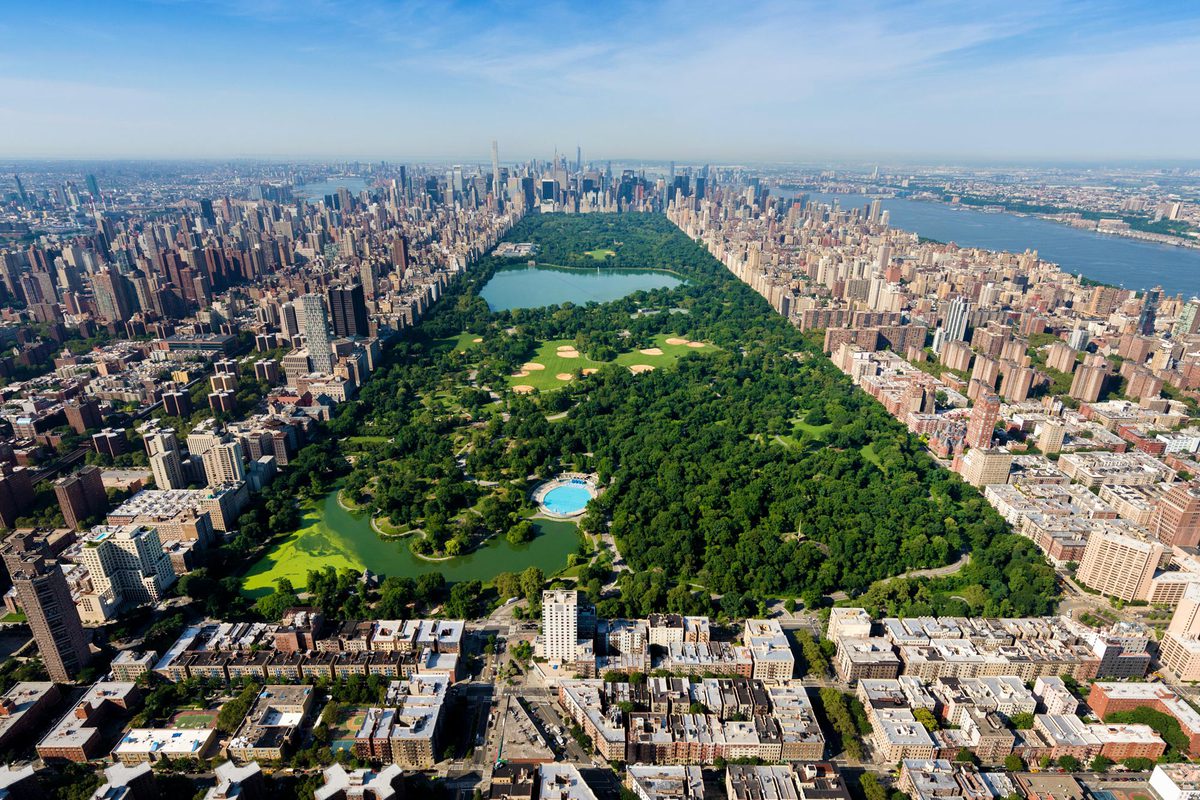
Between 1820 and 1850 New York City’s population nearly quadrupled. As the city expanded up Manhattan island, people were drawn to the few open areas left which were mostly cemeteries. Originally in 1811 when the grid system was established for the city it did not include central park but smaller open areas. By 1840 many city elites were calling for constructions of a large park in Manhattan. The 750-acre plot of land stretching from 59th to 106th street was chosen to transform into a park.
While this may be history about Central Park that you can read in a pamphlet or easily google, there is a history about Central Park that very few know. While it is no surprise that today and especially in the 1800s black people are oppressed and disenfranchised, even in their own communities. By 1825, a little over 20 years since slavery was abolished, there was a thriving community in the area where Central Park now resides. The free black people were also accompanied by Irish immigrants, who at the time were seen as the lowest form of a white person. The community of central park were split into villages like Pigtown, and Seneca village. 
Seneca Village was the largest and the first community of its kind in the city. The community was made up of around 264 residents, three churches, two cemeteries, and a schoolhouse. This community lasted until 1857, villagers and other settlers in the area were forced to leave because of eminent domain. Their houses were torn down and entire villages were dispersed except for a single congregation that relocated. Over the years the communities and villages were all but forgotten about. Until the early 1990s when the book The Park and the People: A History of Central Park. The Seneca Village Project was formed in 1998 to raise awareness of the village and how it was stolen from people who already had next to nothing. Since that time several archeological digs have been conducted discovery burial sights and multiple tombstones. In 2001 a historical plaque was unveiled commemorating the site where Seneca Village once stood.
Central Park may not be the largest park in New York City but it is filled with years of history. Central Park is also the most visited urban park in New York, drawing in 38 million visitors every year. If you ever have the chance to visit and walk through this beautiful park its important to take in the sprawling beauty in this dense urban area. However, it is also important to remember the people who once called it home and raised their children there.
References:

Leave a comment